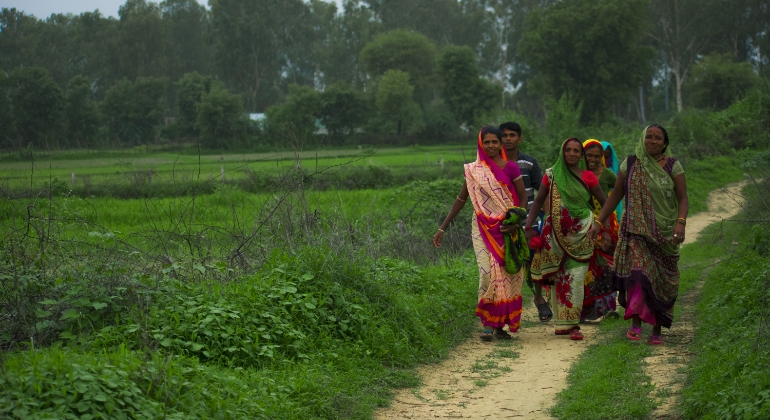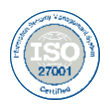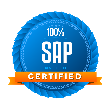Credit
Community-led financial empowerment: Self-help groups for rural credit

Self-help groups (SHGs) are small groups of people who come together to save money and lend it to each other. Often led by women, SHGs have helped millions of people in rural India improve their financial situation and are transforming rural credit in India. The concept of the SHG (Self-Help Group) economy emerged as an approach to address socio-economic challenges in developing regions. Originating in the 1970s and gaining momentum in the 1980s, SHGs were initially formed to empower marginalized communities, especially women, by encouraging them to pool their resources and engage in collective saving and lending activities. This approach was further popularized by NGOs, governments, and microfinance institutions, recognizing its potential to alleviate poverty, enhance financial inclusion, and promote community development.
One of the benefits of SHGs is that they provide access to credit which helps people start businesses, invest in their education, or cope with emergencies. SHGs also promote financial literacy and savings, which can help people improve their financial well-being. In addition, SHGs can help to build social capital and empower women.
There are some challenges facing SHGs, such as the lack of access to formal credit and the lack of government support. However, despite these challenges, SHGs are making a significant difference in rural India. They are helping to reduce poverty, improve financial inclusion, and empower women.
In India, there are around 12 million Self-Help Groups (SHGs), and most of them (88%) are made up of women. These groups usually have 20 to 25 members and are mostly from villages (2022-2023 Economic Report of the Press Information Bureau). In 1992, these groups started working with banks to get small loans. These loans, called SHG Bank Linkage Project (SHG-BLP), helped them do things like raising animals or starting a tailoring business.
By 2022, these groups have become the biggest microfinance project in the world. According to the Economic Survey 2022-2023 information, SHG-BLP has reached 142 million families. Through this project, they have saved a total of Rs 47,240 crore in their bank accounts (2022-2023 Economic Report of the Press Information Bureau).
SHGs offer several advantages over traditional credit institutions, including:
- They are more accessible to people with low incomes and no collateral.
- They charge significantly lower interest rates.
- The repayment process is more straightforward and more flexible.
Regulatory Act around SHG:
In India, the regulatory framework for Self-Help Groups (SHGs) is primarily governed by the National Bank for Agriculture and Rural Development (NABARD), which has played an important role in promoting and regulating SHG-related activities. The formation and functioning of SHGs are guided by NABARD’s guidelines, which include aspects such as group dynamics, savings, credit management, and capacity building. The Reserve Bank of India (RBI) also provides support by allowing SHGs to open bank accounts, access credit, and facilitate linkages to formal financial institutions. Additionally, various state governments have formulated policies to support and regulate SHGs, aligning with national development goals and financial inclusion objectives.
Role of the Microcredit Institution and the power of credit:
Self-help groups (SHGs) are valuable partners for microfinance companies in reaching and serving underserved populations. SHGs are deeply embedded in local communities, and they offer microfinance companies a ready- made platform to connect with individuals who are typically excluded from formal financial systems. By partnering with SHGs, microfinance companies can tap into the trust and credibility that these groups have established, and they can efficiently extend their financial services to even the most remote and marginalized areas.
Microfinance within SHGs is a powerful solution to the challenges of limited credit access in rural communities. When combined with the collective strength of SHGs, microfinance can help people establish and sustain their businesses, escape the cycle of indebtedness, and improve their livelihoods.
Digitizing Self-Help Groups (SHGs) will foster growth, empowerment, and community upliftment.
Self-help groups (SHGs) are increasingly adopting mobile banking and digital payment systems to manage their financial transactions. This helps them collect savings, disburse loans, and make payments digitally, reducing the need for physical cash handling.
SHGs are also using customized mobile applications and software to track member contributions, loan repayments, and financial records like the SHG App, and Mobile Bookkeeping by the government of Andhra Pradesh. This helps them scale their operations more efficiently. In addition, SHGs are providing members with digital literacy training to help them navigate online platforms and mobile apps.
They are also collaborating with fintech companies to gain access to advanced technology and expertise. NABARD, the National Bank for Agriculture and Rural Development, has collaborated with Arthimpact Digital Loans (ARTH), a fintech company. This partnership aims to offer comprehensive fintech solutions to self-help group members, encompassing training, micro financial services, and assistance in establishing future connections.
By integrating digital tools into their operations, SHGs are making it easier for members to access funds and repay loans.
Here are some of the advantages of digitalization of these groups.
- It simplifies record-keeping, enabling accurate tracking of transactions and enhancing transparency.
- Real-time communication fosters engagement among members.
- Remote transactions streamline financial operations, while access to digital tools connects SHGs with formal financial services.
- Insights from digital data aid decision-making, and digital literacy empower members.
- SHG digitization reduces administrative burdens, boosts scalability, and ensures adaptability in changing circumstances.
The Future of SHGs and MFIs with Digitization.
Digitizing Self-Help Groups (SHGs) holds the potential to enhance financial accessibility, streamline transactions, and boost savings and loan efficiency for members. This process can also extend the reach of Microfinance Institutions (MFIs) to remote and underserved regions, fostering greater financial inclusion. Bridging the gap between the unbanked and formal financial systems, digital platforms enable tailored financial solutions based on data-driven insights. This empowers SHG members with financial literacy, entrepreneurial knowledge, and informed decision-making. Additionally, digitization supports the replication of successful SHG models across diverse rural areas, rapidly expanding economic empowerment initiatives.







